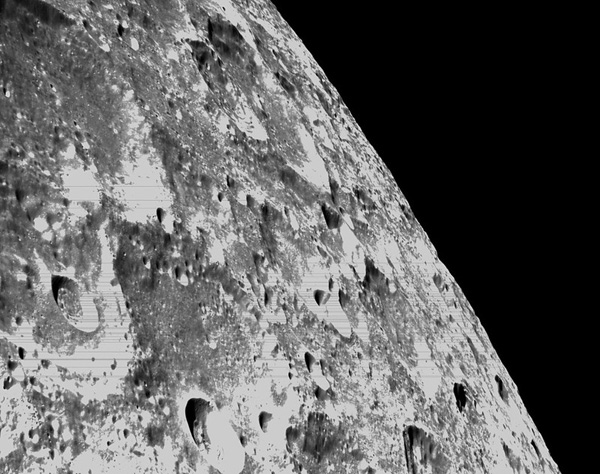
NASA
Artemis I – Flight Day 11: Orion Surpasses Apollo 13's Record Distance from Earth (News Release)
On day 11 of the Artemis I mission, Orion continues its journey beyond the Moon after entering a distant retrograde orbit on Friday, November 25, at 3:52 p.m. CST. Orion will remain in this orbit for six days before exiting lunar orbit to put the spacecraft on a trajectory back to Earth for a Sunday, December 11, splashdown in the Pacific Ocean.
Orion surpassed the distance record for a mission with a spacecraft designed to carry humans to deep space and back to Earth, at 7:42 a.m. on Saturday, November 26. The record was set during the Apollo 13 mission at 248,655 miles from our home planet. At its maximum distance from the Moon, Orion will be more than 270,000 miles from Earth on Monday, November 28.
Engineers also completed the first orbital maintenance burn by firing auxiliary thrusters on Orion’s service module at 3:52 p.m. for less than a second to propel the spacecraft at .47 feet per second. The planned orbital maintenance burns will fine-tune Orion’s trajectory as it continues its orbit around the Moon.
Flying aboard Orion on the Artemis I mission is a suited manikin named after a key player in bringing Apollo 13 safely back to Earth. Arturo Campos was an electrical engineer who developed a plan to provide the command module with enough electrical power to navigate home safely after an oxygen tank aboard the service module of the Apollo spacecraft ruptured.
Commander Moonikin Campos is outfitted with sensors to provide data on what crew members may experience in flight, continuing Campos’ legacy of enabling human exploration in deep space.
Artemis builds on the experience of Apollo. With Artemis, humans will return to the lunar surface, and this time to stay.
NASA will use innovative technologies to explore the Moon’s South Pole, and more of the lunar surface than ever before using the Gateway space station in lunar orbit along with advanced spacesuits and rovers. NASA will lead the way in collaboration with international and commercial partners to establish the first long-term presence on the Moon.
Then, we will use what we learn on and around the Moon to take the next giant leap: sending the first astronauts to Mars.
Source: NASA.Gov
****

NASA

No comments:
Post a Comment